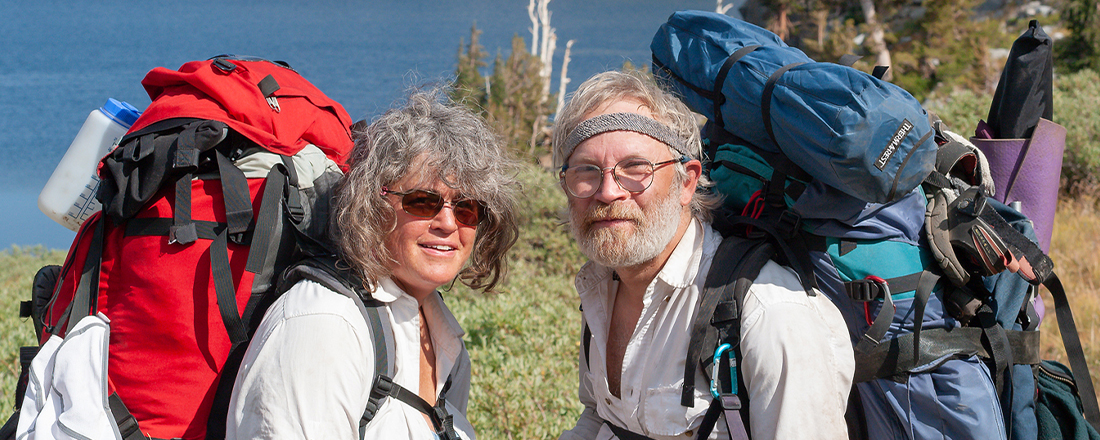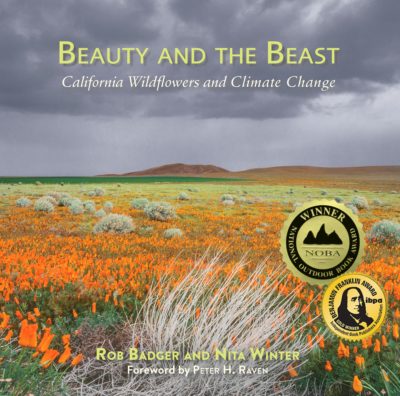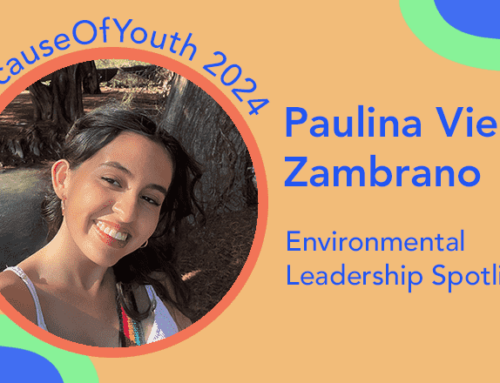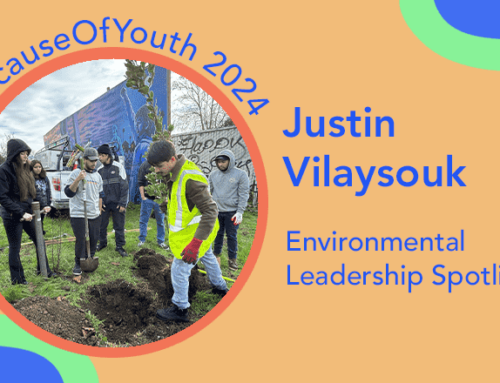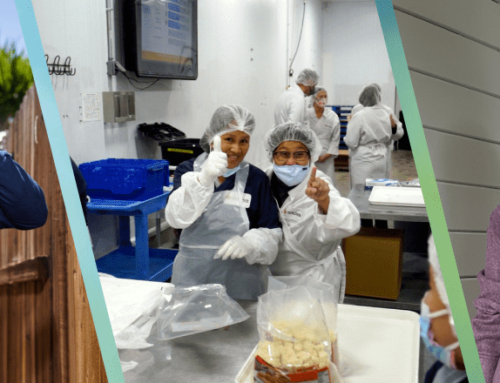The first week of May is National Wildflower Week. This year, MCE is celebrating the week by highlighting Rob Badger and Nita Winter, who are local climate activists and long-time wildflower photographers.
Please tell us about yourselves.
Rob: I’ve been photographing nature for over 50 years, and I began to see the damage being done to the environment. This led me to focus my photography on conservation and environmental issues like mining on public lands, logging, and water scarcity.
At the start of this journey, I worked with a hydrologist and documented how plants in the Owens Valley were impacted by groundwater pumping. I also documented the impact of gold mining on public lands in order to help efforts to reform the antiquated 1872 federal mining law. In 1992, six years after Nita and I met, we experienced our first super bloom in Antelope Valley California Poppy Reserve. This began our 27-year journey photographing wildflowers throughout the West on our public lands. We were so taken with the beauty and biodiversity of our native species, we decided to commit our lives to protecting the natural communities that made such beauty possible.
Nita: I started my professional photography journey while working at the Women’s Building in San Francisco. During my time there, I was introduced to the Bay Area Women’s and Children’s Center, who wanted to create a series on the children of San Francisco’s Tenderloin district. I spent the next two years documenting theirs lives, and the challenges they and their families faced. That firsthand experience showed me the power of visual storytelling through photography. I spent the next few decades working on community art projects celebrating diversity in the Bay Area. After our wildflower experience in Antelope Valley, I began a wonderful transition into full time nature photography, my first love. Together, we created the WinterBadger Collection, jointly producing images of nature to help art consultants and architects enhance indoor spaces, especially healthcare facilities.
Please share a bit about your art-to-action climate change project.
Rob: We created our traveling educational exhibit and 12 time award winning coffee table book, Beauty and the Beast: California Wildflowers and Climate Change, from the idea of using art to inspire action. We decided to use these beautiful images of wildflowers to tell a story about conservation issues and climate change. In the book the images are paired with first person short stories, from a diverse group of passionate scientists, environmental leaders and nature writers, about climate change, land and species conservation, and what you can do to make a difference.
Nita: We thought it was important to give a voice to wildflowers, which are essential to the survival of all other wildlife. Wildflowers are beautiful and that attracts people’s attention. We wanted to use that beauty to alert people to the impacts of climate change and species loss and hopefully inspire action.
How have you seen climate change impact California’s natural environment?
Rob: California has seen severe droughts, wildfires, invasive species, and loss of trees all because of climate change. I’ve been tracking fires and rainfall for about 14 years as California has seen cycles from drought to deluge. The flooding years allow invasive species to move in and take over the habitat of wildflowers, and the drought years cause great stress on wildflowers communities and all the life that depends on them. Native plants, pollinators, and animals have very delicate relationships with each other, so it’s important to protect that balance.
How do you protect the environment in your personal life?
Rob: We are very enthusiastic about conservation and in 2006, were the first photographers and artists to receive Green Business Certification from the County of Marin. We wash our dishes by hand and use that water to flush our toilets. We also use only cold water for our laundry and we air-dry our clothes. We try not to buy products that come in plastic, and we always recycle our electronics and paper. We are dedicated to incorporating native plants into our landscaping to benefit wildlife and save water. Our biggest commitment to sustainability was our decision not to have children. We made that decision together because we realized that probably the most impactful thing we could do for the environment was not to create two more consumers.
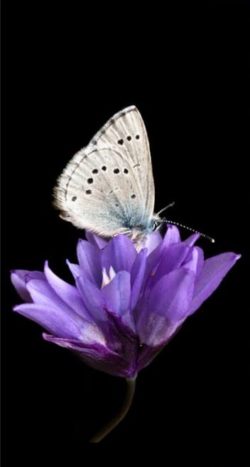
Nita: As far as our energy service, we are proud Deep Green customers. We are actually some of MCE’s first customers and attended MCE’s grand opening 10 years ago. We have solar panels that were subsidized by GRID Alternatives. We also recently qualified for MCE’s Energy Storage Program, so we’ll soon have access to clean backup power.
How can other people help fight for a more sustainable world?
Nita: We believe that one of the most important things people can do is to vote for environmentally friendly candidates. That’s where a lot of the power is to make lasting change, especially around climate change, conservation, affordable family planning, and green energy.
To learn more about Rob and Nita’s art-to-action climate change project visit: https://wildflowerbooks.com/

